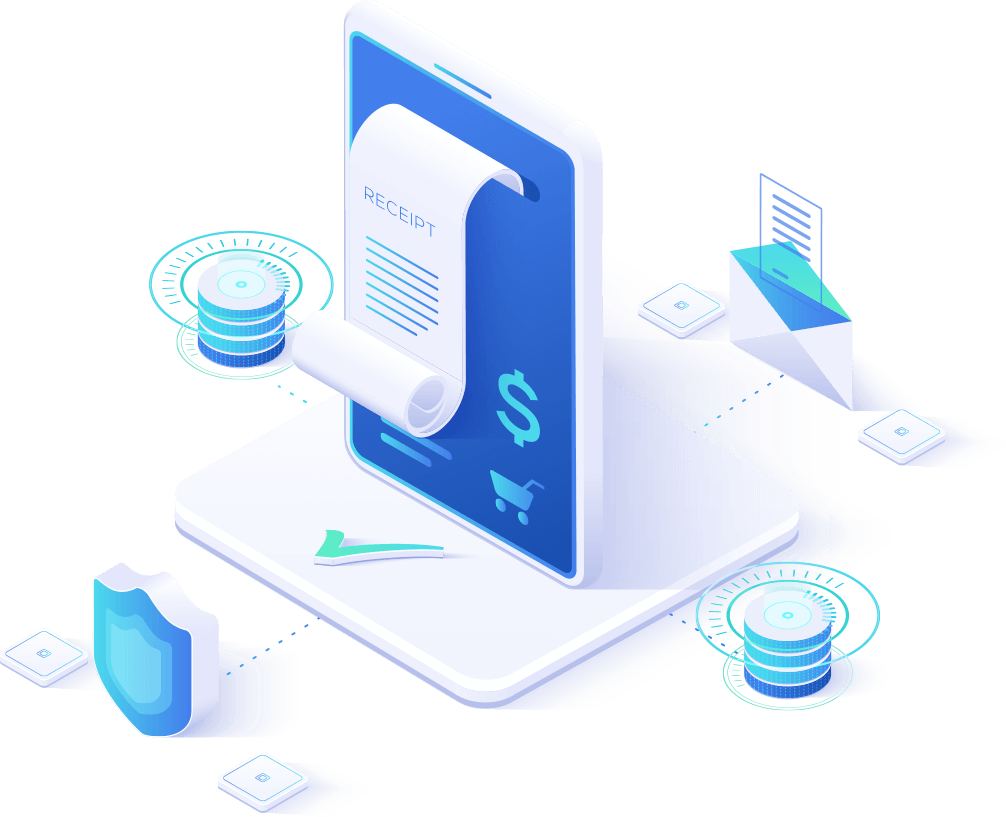
We work with you to address your most critical business priorities.
At Scidecs, we offer our solutions to a wide range of industries, Contact Us for more information.
- Category : Analytics BFSI
Solutions We Provide
Our services and solutions include different umbrella of industries and technologies!

Marketing Automation
Marketing

Enterprise Resource Planning (EPR)
Management System

Customer Relationship Management (CRM)
Management System

Hospital Management System (HMS)
Management System




